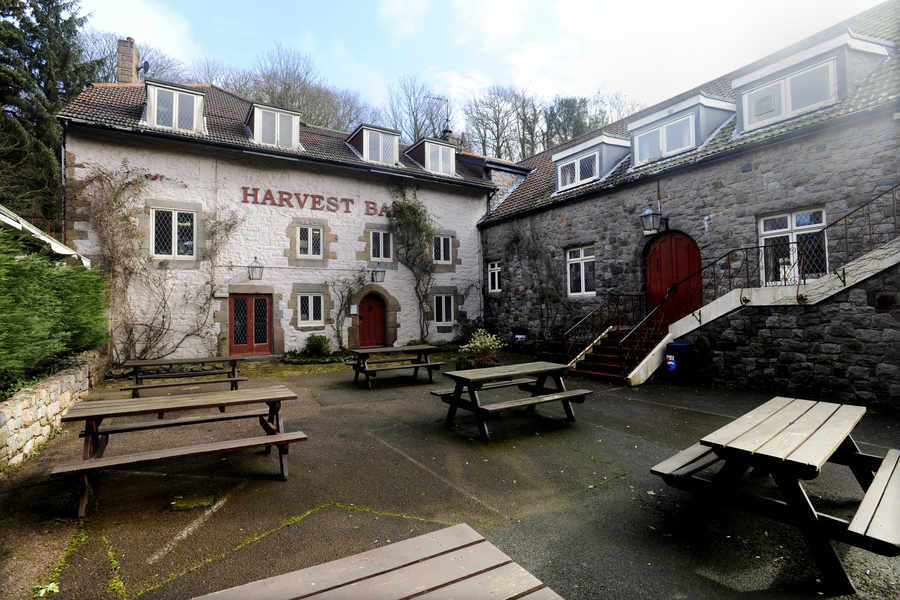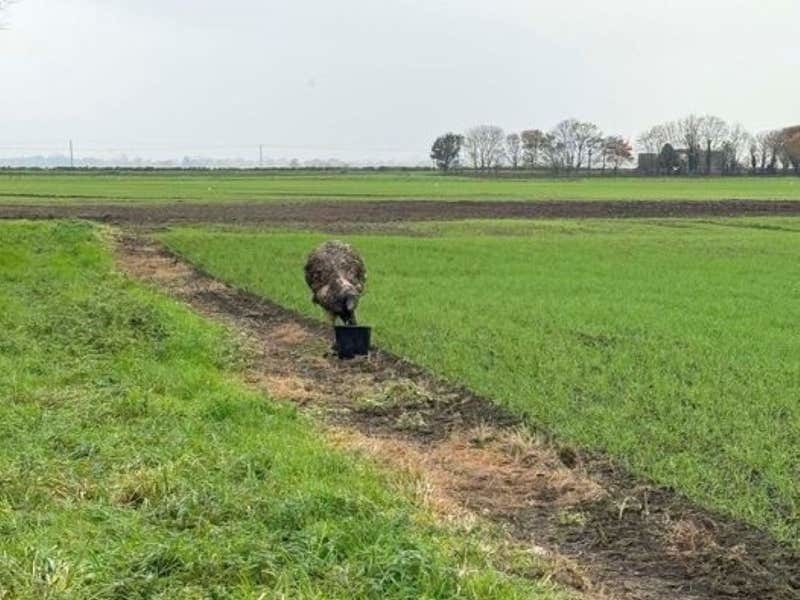- Items from the former Harvest Barn pub being sold this weekend
- Tables, chairs and pictures among the items up for grabs
- Read more about the venue’s colourful history below
ISLANDERS will this weekend be able to take home a piece of history from one of Jersey’s best loved former pubs.
The owners of The Harvest Barn, which closed its doors to the public eight years ago, are renovating the building and are selling off the contents of the former pub.
The sale will be taking place on Saturday, between 10 am and 1 pm.
Among the gems up for grabs are large mirrors, pictures in frames and fishing memorabilia which once adorned the popular venue’s walls.
There are also a number of tables and chairs which are perfect for up-cycling, as well as three large timber beams, which would be ideal for someone carrying out a house renovation.
The Harvest Barn, in Vallée des Vaux, operated as a pub from 1959 until September 2007, when its then owners Randalls closed it and sold it.
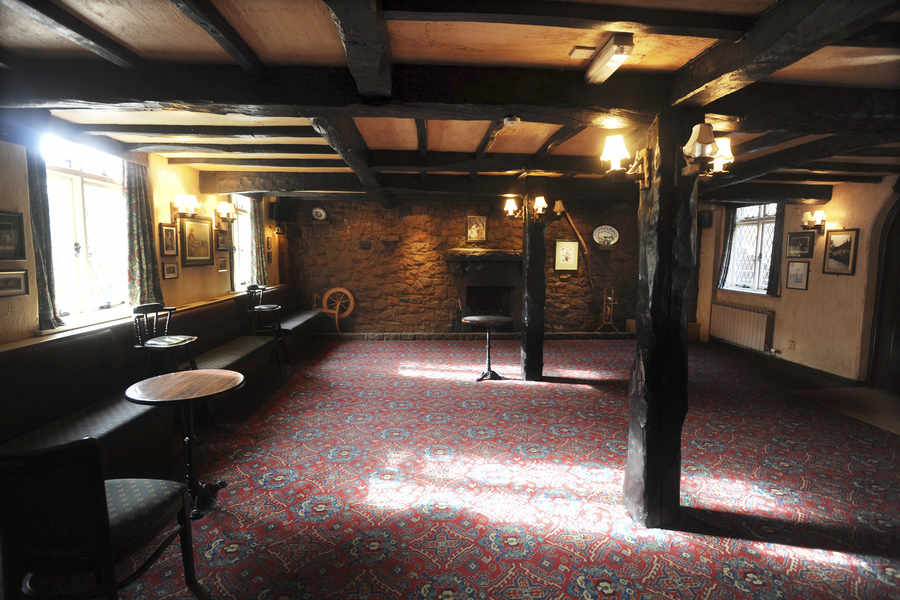

It is now owned by Andrea and Alistair Horn.
‘Randalls left all of the pub’s contents, at our request, because we were hoping to re-open as some sort of eatery,’ explained Mrs Horn. ‘But then the recession happened, so our plans didn’t quite work out.
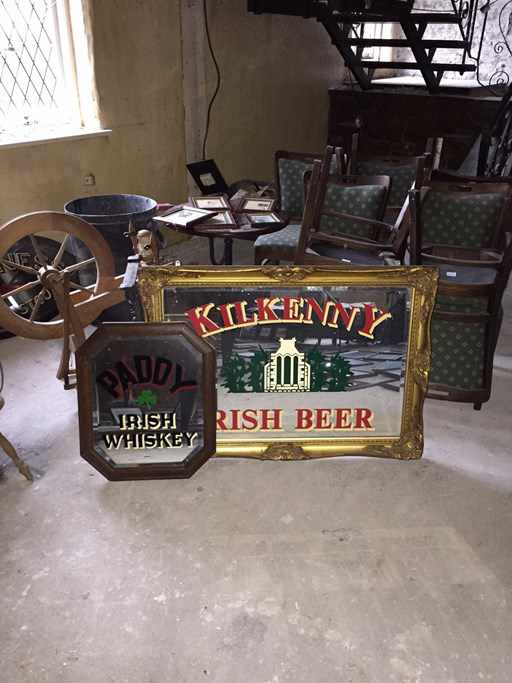
‘Since we bought the property in 2007 we’ve left it as it was and we’ve been living in the flat that is attached.
‘The old bar has been good for parties and we even had our wedding there, so it has got some use since closing as a pub.
‘However, my husband and I are expecting our first baby this summer so it’s time for the next phase.
‘We’ve got planning permission to turn it into a residential property and we’ve started to strip it out.’
Commenting on this weekend’s sale, Mrs Horn said: ‘We’ve laid everything out in the old restaurant area downstairs and people are welcome to come along and see if there is anything that they want.
‘There are lots of bits that will probably appeal to people who do car boot sales and there are solid wood tables and about 40 matching chairs, as well as bar stools.
‘There are also lots of pictures from the walls, including old newspaper cuttings to do with the war, and paintings of horse racing and hunting and things like that.
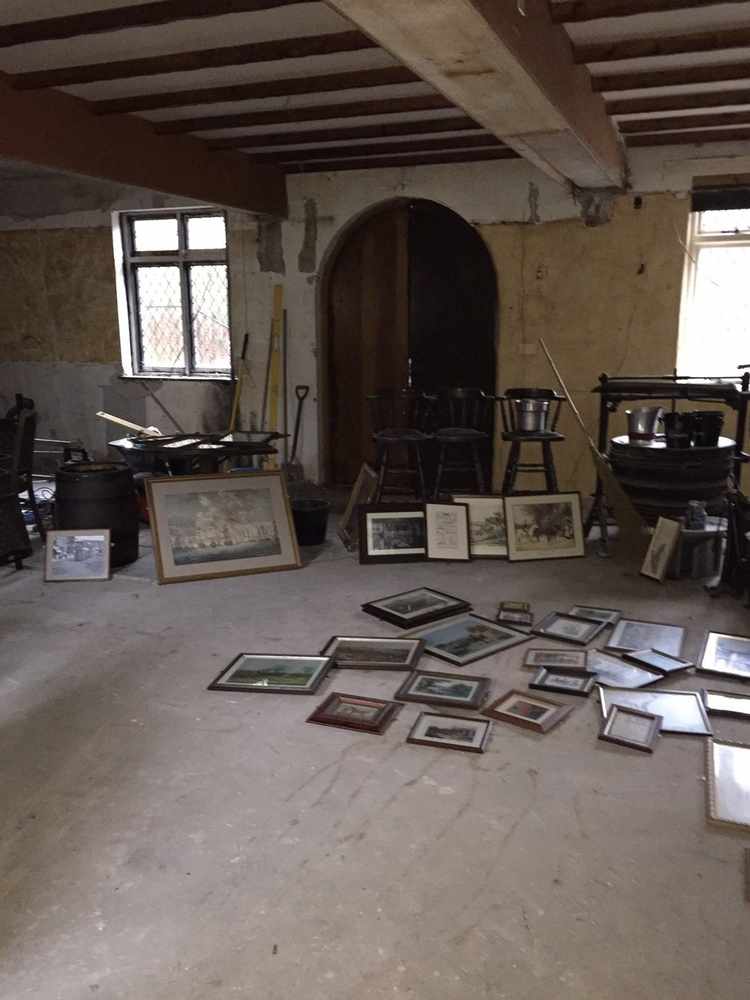
‘There are also old fishing nets and other things that were on the walls for decoration.
‘Hopefully some people will come along and pick up some bits.’
Reflecting on the former pub, Mrs Horn said: ‘I only actually went there a couple of times before we bought it, but every time somebody has to come round for something or I tell someone where we live they say they used to go there and they start reminiscing about it.
‘It was very popular, so I often wonder why it failed in the end – perhaps it was because it’s on a Green Lane, or perhaps it was because of the introduction of the smoking laws.
‘The old pub had two bars. We’ve already completely gutted the newer bar, but we may end up keeping the old bar.’
For more information, email Mrs Horn on andrea.lanson@
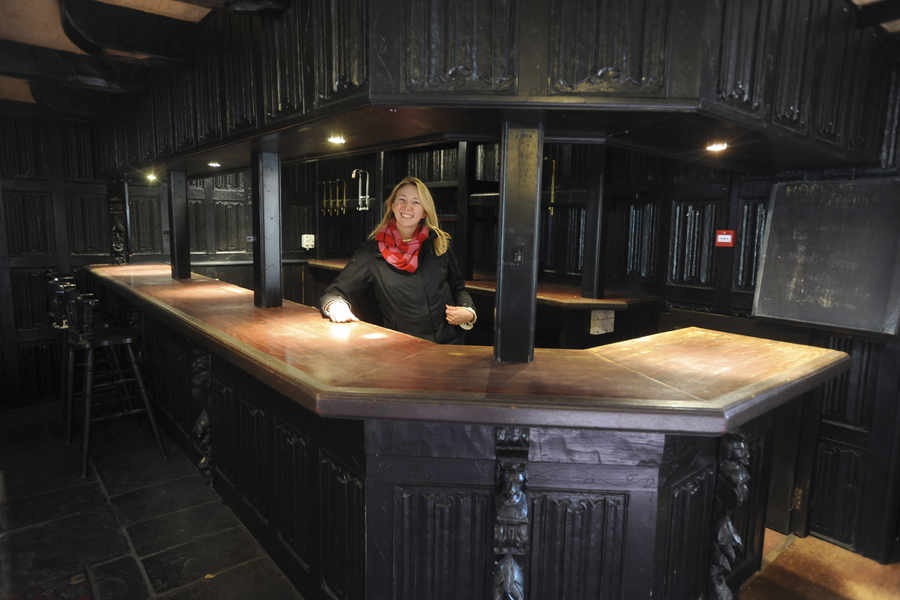
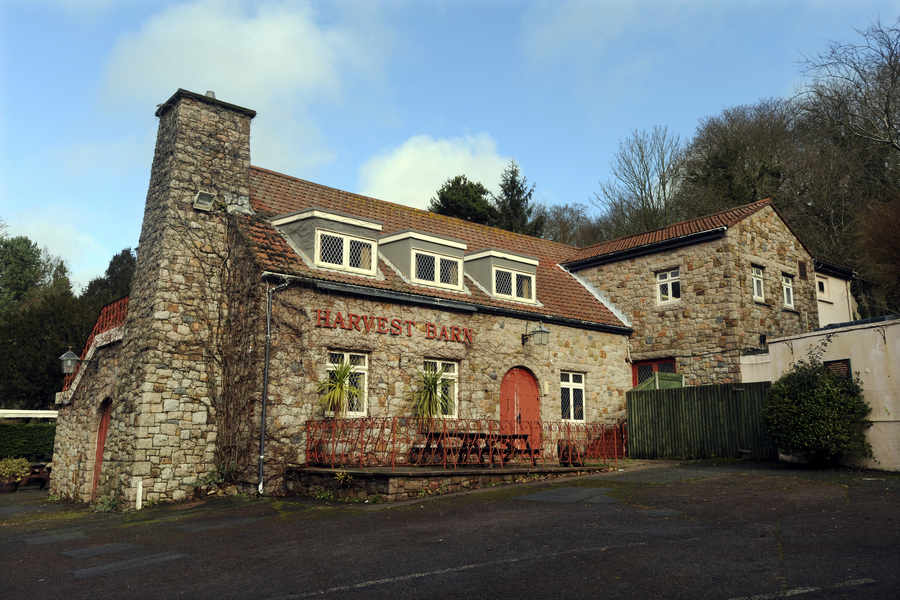
- Listed as a building of local interest, the Harvest Barn is perhaps the only surviving mill building built before 1700.
- For centuries it was known as Le Moulin de Nicolle and run as a fulling mill. Fulling was a form of woollen cloth-making which involved the cleansing or bleaching of wool to get rid of oils, dirt and other impurities and was often carried out in a water mill.
- One of the earliest references to the mill was in 1575, when Thomas Nicolle of Trinity referred to it in an inventory. It is possible his family owned it at the time.
- By the early 17th century it belonged to the Le Geyt family and various families leased it during that turbulent time.
- During the period of the Civil War it was converted into a corn mill. A legacy of this era is a round arch, still visible today.
- By 1733 it had become a flour mill. It continued in this role until 1935 when the last miller, James Williams, retired and it was turned into a farm by a Mr Turner. Following his death, the buildings were left empty and eventually became derelict.
- In 1958 Gordon Taylor bought the property and renovated it. Features discovered included an old fireplace dating to 1650. The millpond, leat, water shute, wheel pit and mill stones were also visible.
- The building opened a year later, in 1959, as the Harvest Barn, a free house with public and lounge bars and seating for 150 people. Its grounds were also landscaped.
- After changing hands in 1967, an extension was added to provide a restaurant.
- There were further new owners in 1971: hotelier Gordon Bromley and in 1972, Des and Norma Minikin, who were responsible for further improvements including the creation of three bars and a grill room.
- In 1984, the Harvest Barn was for sale again at a price tag of £325,000 and was bought by Randalls.
- Randalls ran the pub until September 2007, when they closed its doors and sold it.
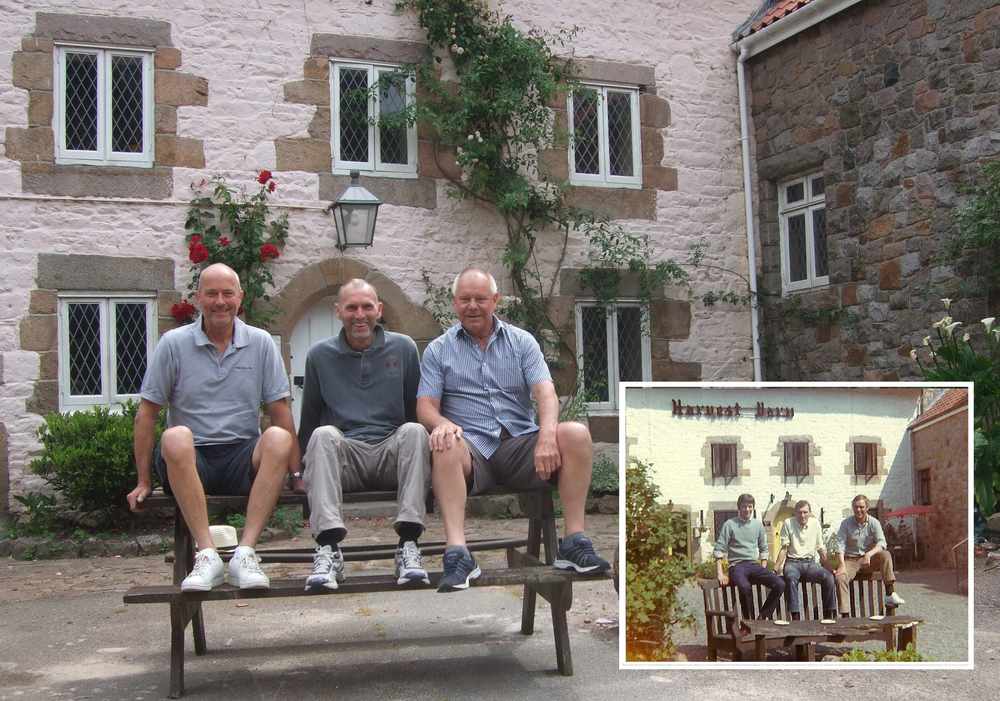
LAST summer, three former Island seasonal workers paid a special visit to Jersey to retrace their steps, in celebration of the fact that they were all turning 65 last year.
Mike Read, Brian Kemp and Dick Cannon worked a summer season in Jersey in 1970, when they were all 20 years old, and Mike says that it was ‘a wonderful time in our lives and one we will never forget’.
The trio arrived in the Island in March 1970, quickly found digs in Journeaux Street, St Helier, and then set about finding some work.
‘We used to queue up at the Jersey Post and get our hands on a Jersey Evening Post as soon as it was available and then run to the nearest telephone box scanning the jobs vacant column as we went,’ recalled Mike.
‘I worked initially at a restaurant in Les Quennevais as a waiter, at the Mediterranean in St Ouen as a lifeguard and finally I worked on the new prison, helping to build the drains.
‘Brian Kemp worked at the Harvest Barn as a waiter and during our time there we had a photo taken of the three of us outside.’
During their 2014 visit, the three men recreated the picture at the Harvest Barn.

